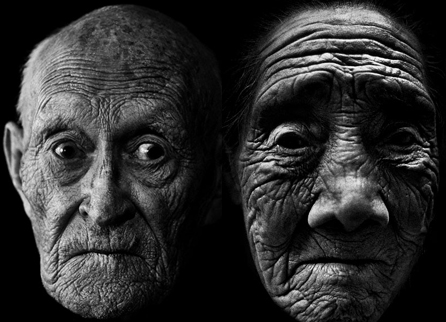The importance of exercise and ageing: Getting started in your 40s & 50s

Exercise and Ageing: You may have heard the phrase, ‘move it or lose it’ this can be a way of referring to the loss in muscle mass, strength, physique, and cardiovascular fitness that occurs with continued inactivity. Changes are eminent as people age and as a large proportion of the population grow older it is important that we understand the effect that this group could have on the economy, their families and their own lives. Exercise will play an increasing role in keeping older adults functioning, in their own homes and out of hospitals and aged care facilities in the coming future.
A sedentary lifestyle has been shown to increase the risk of disease, hypertension, diabetes, obesity, and poor functional mobility. Chronic conditions such as these can all be managed, avoided and improved (in majority of cases) with regular exercise and balanced diet.
It is recommended that everyone be active, at a moderate intensity, for a minimum of 30 minutes on most if not all days of the week. That is ~150kcal/day or 1000kcal/week. This can be any kind of play or exercise that raises your heart rate and breathing; it does not necessarily require you to be in the gym lifting weights or playing competitive sport.
In today’s world sedentary lifestyles are becoming more prominent with motorised transport, electronic entertainment and office work a big part of most peoples’ lives. This reduction in energy expenditure often seems to coincide with an increase in the consumption of foods high in saturated fat, sugar, salt and preservatives. A balance between energy intake and energy expenditure is important for managing ones’ weight and maintaining a healthy lifestyle but is not being achieved for many Australians young and old.
There are a wide range of excuses put forward as to why people choose not to exercise but there are many great reasons to get started- some are listed below:
| Common excuses for not exercising | Reason’s to start exercise now |
|
|
It is important to realise that there are ways for all of the above mentioned issues and reasons for not exercising can be managed with the right approach (e.g. multiple short exercise sessions for the time-poor, or training with students if weekly PT sessions don’t fit your budget) and advice.
Get motivated, stay motivated
Individuals often have great intentions to exercise but find that they just do not get around to starting or are unable to maintain their intended activity or schedule. This suggests that most people know that exercise is good for them but they just don’t know how to get going and stay active.

Here are some tips for staying motivated:
- Find something that you enjoy doing,
- Exercise somewhere that you feel comfortable,
- Team-up with a training partner/friend,
- Utilize a range of exercises and activities,
- Vary location, time, intensity and duration of workout,
- Make-up a workout playlist and update the music regularly,
- Schedule exercise sessions into each week,
- Work with a professional to construct a suitable training plan or program,
- Set SMART goals for short-term and long-term,
- Enlist the support of people around you and get them involved,
- Keep a diary,
- Choose a mentor or role model.
Build SMART goals
Setting well-structured goals can help with motivation, focus, improving the quality of training and stimulating improvement. A SMART goal should be specific to the desired outcome, be able to be measured with some kind of metric (meters, kilograms etc), action-orientated and adjustable in case of injury or illness. A good goal should be realistic, relevant and time referenced. Short term goals should be used in sequence to progress towards successfully achieving the major goal of the program. It is important that progress is evaluated regularly and goals are adjusted to keep you challenged but within reach of the desired result (Locken, 2007).
Some good places to get started
- Group classes
- Personal trainers
- Exercise Physiologists
- Local gym, health club or wellness center
- General Practitioner or Physiotherapist
This article addresses the importance of exercise and ageing, and getting the nation active for the better of all Australians and attempts to encourage individuals, families and communities to take action. It is hoped that parents in particular, can implement exercise into their lives and pass on good habits to future generations.
Sources:
Locken, M.A. 2007. Goal Setting Primer, “Playing it smart”. Coach & Athletic Director Oct: p68-69.
Brown, W., G. Moorhead, & A. Marshall. 2008. Choose Health: Be Active- A Physical activity guide for older Australians. Department of Health and Aging, Commonwealth Government. http://www.health.gov.au
Exercise and ageing is covered in more detail in both the Certificate III in Fitness and Certificate IV in Fitness.
